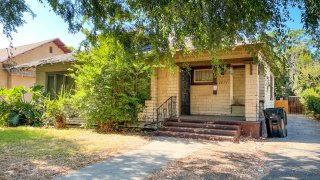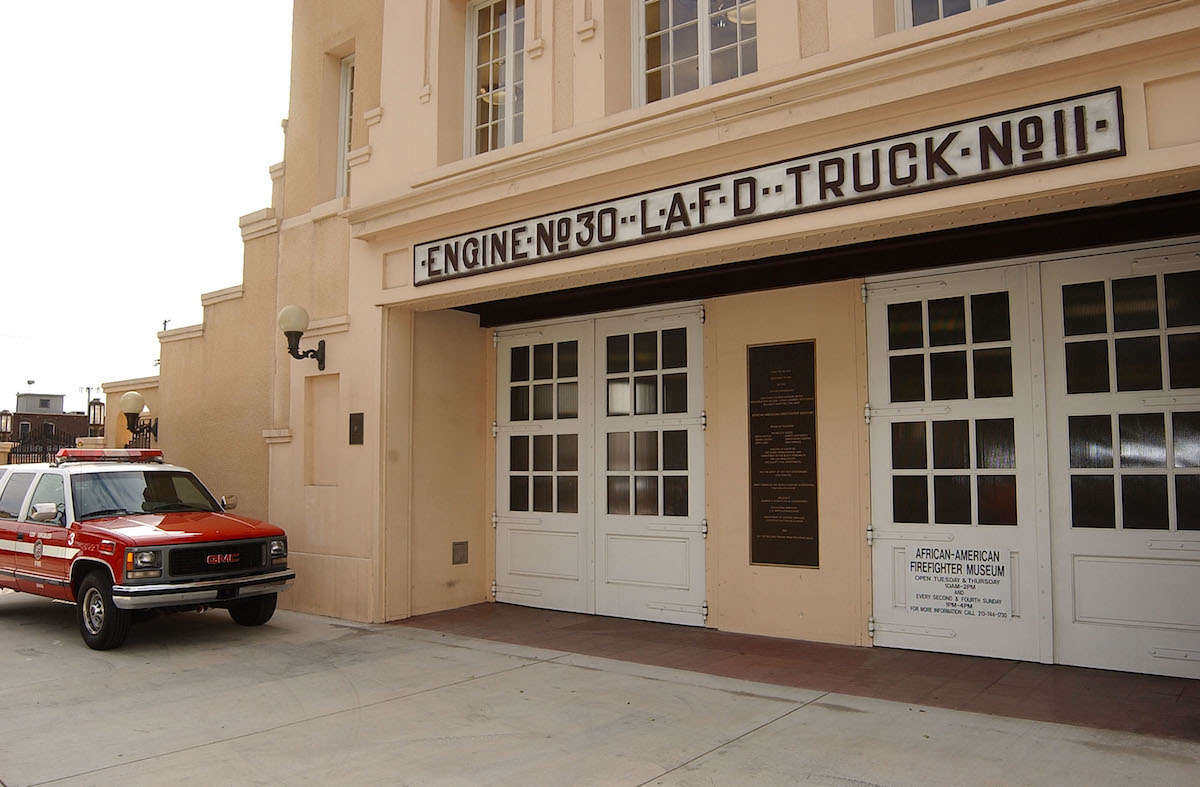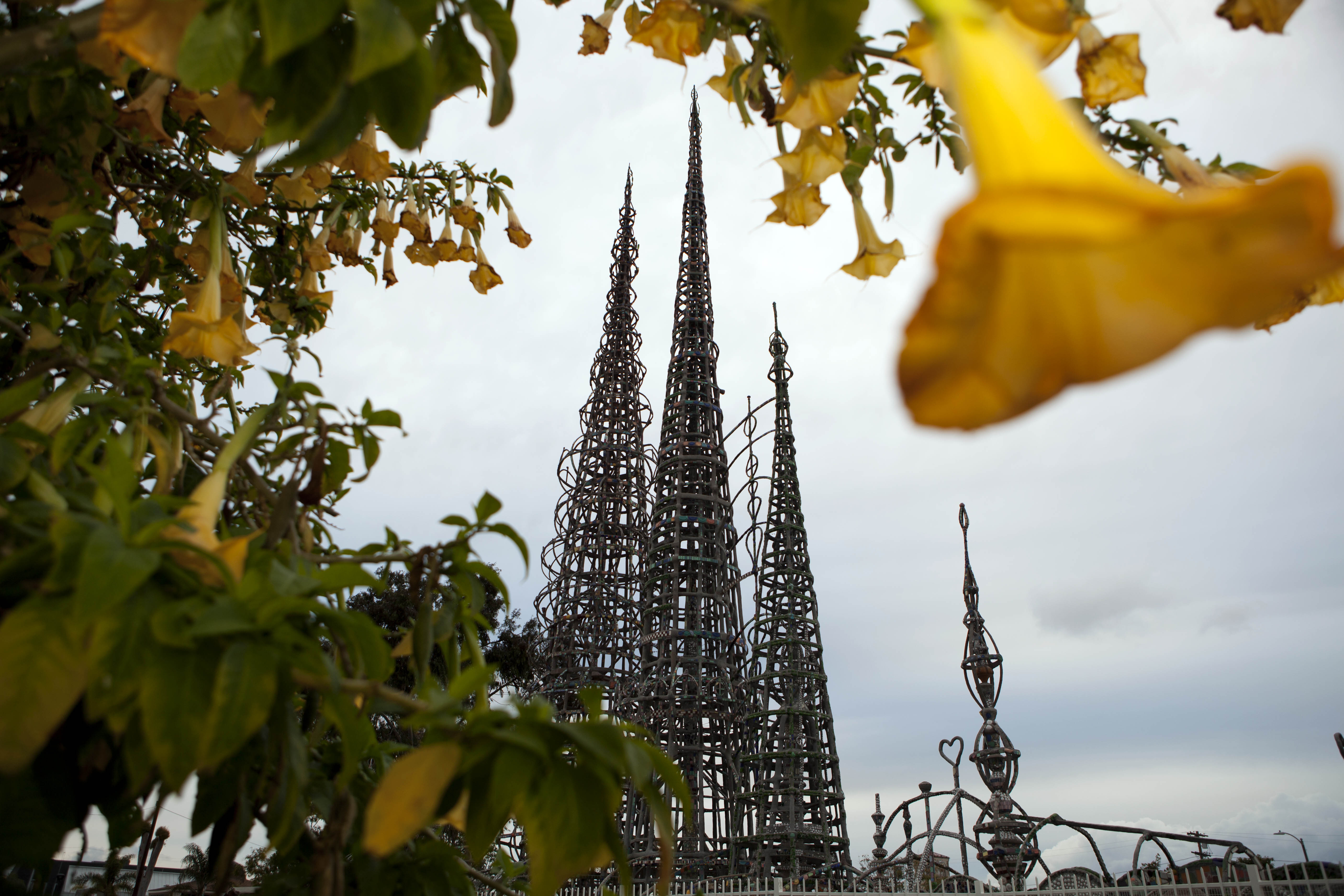
The Los Angeles Cultural Heritage Commission on Thursday unanimously voted to take under consideration for the Historic-Cultural Monument List the 30-year home of master architect Paul Revere Williams.
The pioneering architect designed more than 3,000 buildings during his nearly six-decade career and was the first Black architect to be a member and fellow of the American Institute of Architects.
The home, located at 1271 W. 35th St. in Jefferson Park, is for sale for $1.6 million and advertised as a "Student Housing Development opportunity... just blocks to the University of Southern California.''
Get top local stories in Southern California delivered to you every morning. Sign up for NBC LA's News Headlines newsletter.
L.A. Conservancy submitted the application requesting that the Craftsman style house, where Williams lived from 1921 to 1951, be added as a Historic-Cultural Monument, saying that it ``illustrates a part of Paul Revere Williams' life and story that is rarely told or fully understood.'' Adrian Scott Fine of L.A. Conservancy told commissioners Thursday that the group's hope is to attract a preservation-minded buyer instead of a developer.
The Cultural Heritage Commission received nearly 200 letters regarding the designation, and several people called in to support the nomination during the meeting on Thursday. One person called in to oppose the property's nomination, instead recommending that pieces of the home be donated to a museum.
Commissioner Gail Kennard responded saying that the location is more part of the story than the physical house, given that Williams, who designed homes for celebrities in white neighborhoods, had to live in Jefferson Park, one of the few areas in Los Angeles where Black people were allowed to buy homes.
“It's part of the story of why he had to live there -- restrictive covenants -- the location is all wrapped up in that. He did not design that home, he lived in that home. The story is that he designed a lot of other homes that other people could live in that he couldn't live in. So it's very important the we preserve this cultural history,'' Kennard said.
Williams designed homes for Frank Sinatra, Lon Chaney, and Lucille Ball and Desi Arnaz. He also designed Historic-Cultural Monuments including the Bruce and Lula Blackburn Residence, the Victor Rossetti Residence, the Angelus Funeral Home, the Castera Residence, Oakridge and Grounds, the T.R. Craig Residence, the Hunt Residence, the Hannah Schwartz Apartments and more.
During the Cultural Heritage Commission meeting, L.A. Conservancy's Teresa Grimes shared a quote by Williams from 1937 in which he said: “Today, I sketched the preliminary plans for a large country house which will be erected in one of the most beautiful residential districts in the world. Sometimes, I have dreamed of living there. I could afford such a home. But this evening, I returned to my own small, inexpensive home ... in a comparatively undesirable section of Los Angeles. I must always live in that locality, or in another like it, because ... I am a Negro.''
In 2017, Williams was posthumously awarded the American Institute of Architects' highest honor, the AIA Gold Medal, which is given to architects whose work has a lasting influence on the theory and practice of architecture.
Will Wright, director of government and public affairs for AIA's Los Angeles chapter, called into the meeting on behalf of the chapter to voice its support for the designation.
Grimes said that 1921 was a particularly interesting year for Williams. He passed California's licensing exam for architects, obtained a job that allowed him to work on major commercial and institutional buildings -- including the Hollywood Masonic Temple -- opened his own office and purchased his first home, the one under consideration for the Historic-Cultural Monument list.
“In telling the full story about people and places, it is important to preserve this house as a physical reminder of what Williams achieved and his extraordinary career in architecture,'' L.A. Conservancy said regarding the nomination.
The building's designation on the HCM list would not prohibit the structure from being demolished, but it would allow the Cultural Heritage Commission to delay such actions and create opportunities for preservation solutions.
With an HCM list designation, city law allows the commission to formally object to the issuance of a demolition permit, delaying the demolition for up to 180 days, plus another possible 180-day extension, if approved by the City Council, to allow for time to preserve the monument, according to the City Planning Department.



